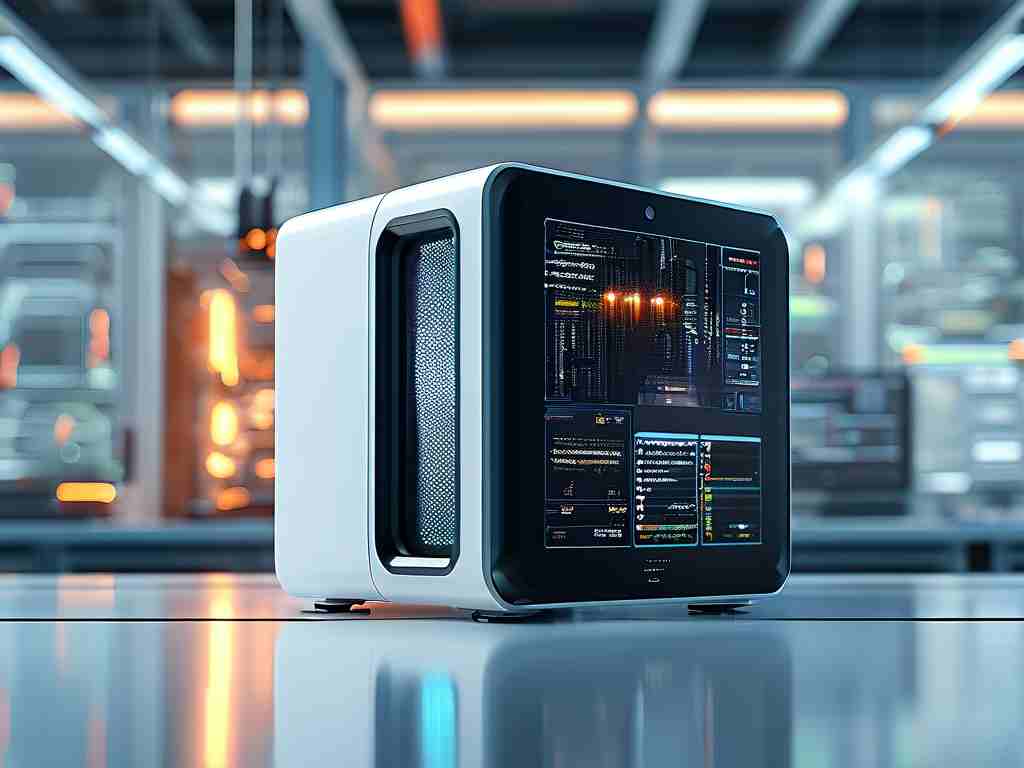The automotive industry has undergone a radical transformation with the integration of embedded systems, enabling advanced functionalities like autonomous driving, predictive maintenance, and connected vehicle ecosystems. The vehicle embedded development process serves as the backbone of these innovations, combining hardware, software, and rigorous validation methodologies. This article explores the systematic workflow of embedded development for automotive applications, emphasizing its phases, challenges, and best practices.

1. Overview of Vehicle Embedded Systems
Embedded systems in vehicles are specialized computing units designed to perform dedicated functions. Examples include engine control units (ECUs), infotainment systems, and advanced driver-assistance systems (ADAS). These systems rely on real-time operating systems (RTOS), microcontrollers, and sensors to ensure precision, safety, and interoperability. Unlike general-purpose computing, automotive embedded development demands adherence to stringent safety standards like ISO 26262 and AUTOSAR architecture guidelines.
2. Key Phases in the Development Process
a. Requirement Analysis
The process begins with defining functional and non-functional requirements. Stakeholders collaborate to outline system behavior, safety constraints (e.g., ASIL levels), and performance metrics. For instance, an ADAS module might require <1ms latency for collision avoidance. Tools like IBM DOORS or Jama Connect are often used to document and trace requirements.
b. System Architecture Design
Engineers create a high-level architecture that partitions hardware and software components. This phase addresses communication protocols (CAN, LIN, Ethernet), power management, and redundancy mechanisms. Model-Based Design (MBD) tools like MATLAB/Simulink enable simulation of control algorithms before implementation.
c. Software Development
Embedded software is coded using languages like C/C++ or Rust, with a focus on memory efficiency and real-time performance. Middleware layers (e.g., AUTOSAR) abstract hardware dependencies, enabling portability. Version control (Git) and static analysis tools (Coverity) ensure code quality.
d. Hardware Integration
Custom microcontrollers (e.g., NXP S32K, Renesas RH850) are selected based on computational needs. PCB design tools (Altium, Cadence) layout circuitry, while FPGA/ASIC solutions handle specialized tasks. Prototypes undergo thermal and EMI testing to validate robustness.
e. Testing and Validation
Rigorous testing ensures compliance with standards:
- Unit Testing: Verifies individual software modules.
- Integration Testing: Validates interactions between subsystems.
- Hardware-in-the-Loop (HIL) Testing: Simulates real-world scenarios using tools like dSPACE.
- Field Testing: Collects data under diverse environmental conditions.
f. Certification and Deployment
Final systems undergo certification by regulatory bodies (e.g., NHTSA, TÜV). Over-the-air (OTA) updates are increasingly used post-deployment to patch software or enhance features.
3. Challenges in Automotive Embedded Development
- Real-Time Constraints: Meeting deterministic response times in safety-critical applications.
- Security Vulnerabilities: Protecting against cyberattacks targeting connected vehicles.
- Hardware-Software Co-Design: Balancing computational power, energy efficiency, and cost.
- Legacy System Integration: Retrofitting new software into older vehicle platforms.
4. Best Practices
- Adopt agile methodologies to manage evolving requirements.
- Implement continuous integration/continuous deployment (CI/CD) pipelines.
- Use virtualization tools (QEMU, VMware) for early-stage testing.
- Prioritize cybersecurity frameworks like ISO/SAE 21434.
5. Future Trends
- AI-Driven Development: Machine learning optimizes code generation and testing.
- Centralized ECUs: Consolidating multiple ECUs into domain controllers reduces complexity.
- Vehicle-to-Everything (V2X): Embedded systems will enable seamless communication with infrastructure and other vehicles.
The vehicle embedded development process is a multidisciplinary endeavor requiring meticulous planning, cross-functional collaboration, and adherence to safety standards. As vehicles evolve into "computers on wheels," mastering this workflow will be critical for delivering innovative, reliable, and secure automotive solutions. By embracing emerging technologies and agile practices, developers can navigate the complexities of modern embedded systems and drive the future of mobility.









